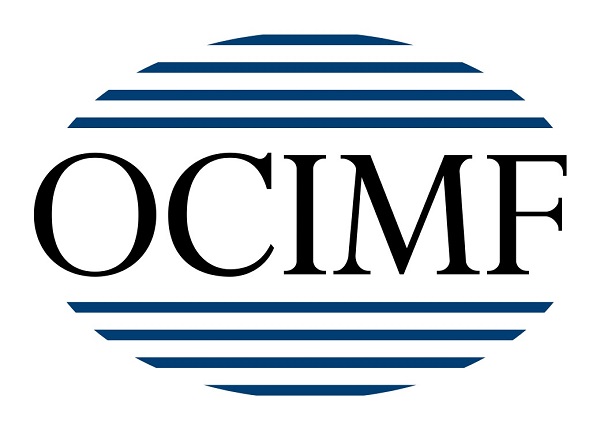New software from the world of surface drones could potentially help improve performance and safety at sea by reducing the burdens faced by a ship’s bridge team, writes Brian Dixon.
As previously reported on Fathom World, the number of maritime applications for artificial intelligence (AI) continues to rise at a rapid rate of knots. Indeed, if further evidence of this were needed, UK-based Robosys Automation has now launched a new version of its Voyager 100 vessel control software that brings key insights from the fast-evolving realm of autonomous navigation to the more traditional setting of a manned bridge.
“Robosys Voyager software has its origins in our Obstacle Avoidance Software program [that was] designed for fairly specialised unmanned surface vessels [USVs], typically for government/military uses in surveillance, mine warfare and surveying applications,” says Robosys COO Richard Farrington CBE. “During trials in the North Sea in 2019 under the auspices of the Dutch Joint Industry Project, we realised that the technology could be used in conventional ships too.”
“The core software uses sophisticated algorithms and AI to plan a safe navigational path between two points whilst avoiding the risk of collision with other vessels. In its core role in a remotely-piloted USV, it was provided so that if control communications with the remote operator were lost for any reason, the vessel could continue to operate autonomously,” he continues.
“With Voyager 100, we have taken this package and adapted it to assist the crew of a conventional ship. The software has its own S57 chart data but receives inputs from the vessel’s own [automatic identification system (AIS)] and navigation radars to develop its understanding of the situation around the vessel,” Farrington says.
Available in two variants, viz Smart Captain and Smart Pilot, the software and related peripherals have been designed “to be easy and inexpensive to fit, requiring no special technologies”. However, despite its roots, the Voyager 100 system is not intended to replace humans but rather to support them.
“The two variants are closely aligned: Smart Captain is a ‘decision aid’ which takes navigation and situational awareness data from its integrated chart folio, ships AIS and radar to offer advice on manoeuvring the ship,” Farrington says. Indeed, Smart Captain, he notes, “will assist with following the planned navigational track” while analysing the traffic around the ship and “offering prioritised advice on manoeuvring which is compliant with the [International Regulations for Preventing Collisions at Sea (COLREGS)] and suitable for the vessel”.
“Typically, [Smart Captain] looks ahead around 10 nautical miles and focuses on other vessels within that sort of range – the operator can change those parameters to match the prevailing circumstances and conditions,” he says, revealing that the company has “drawn [its] inspiration from the classic ‘Occasions for calling the Captain’ section of a Royal Navy Captains Night Order Book”.
“Smart Pilot provides a very similar service, but in addition, as it is connected to the ship’s autopilot and propulsion controls, it can manoeuvre the vessel. So, rather than offering advice, it presents the same information as ‘intentions’ whilst manoeuvring the vessel towards its destination,” he explains. Importantly, though, while it can ‘drive’ the ship, the system “keeps the bridge team informed of what it is doing and why”, with the crew able to override it “at the touch of a button and revert to bridge control” should they so wish.
“Our ‘big idea’ is that the bridge team on a modern ship is often multitasking,” Farrington says. “A combination of lean manning, high turnover rates of personnel and a growing administrative burden in our ‘connected’ world means that the small team on the bridge of a ship can be under significant pressure. In the worst cases, safety can be compromised through fatigue, distraction or unfamiliarity with the ship or the waters she is operating in.”
“At Robosys, we think that the Voyager software can ease the burden by taking some of the responsibility for driving the ship on passage. The bridge must still be manned by a qualified watch keeper, but they can attend to other matters, confident that Voyager 100 will act as a ‘junior officer of the watch’, alerting them to any issues of navigational safety in time for them to take action as required,” he says. “It can make a huge contribution to the safety of the vessel – but we stress again that it is not designed to operate without qualified watch keepers immediately available.”
Looking to the future, Farrington reports that Robosys expects to put the new Voyager 100 software to sea “in a variety of different vessels over the coming months”, with the resultant feedback from bridge teams set to help the company further refine the system’s man-machine interface. “Product development and evaluation is a key part of our business and we are particularly pleased to be collaborating closely with the renowned Dutch Maritime Research Institute (MARIN) based at Wageningen in the Netherlands,” he says.

































